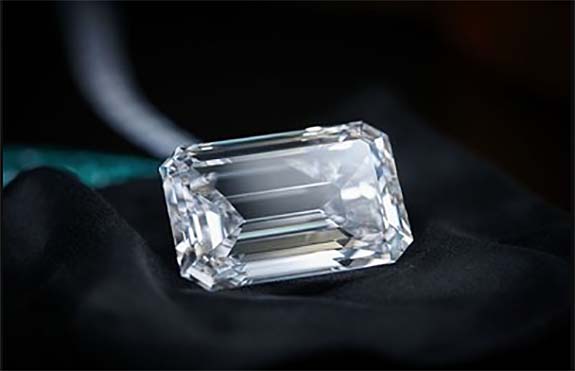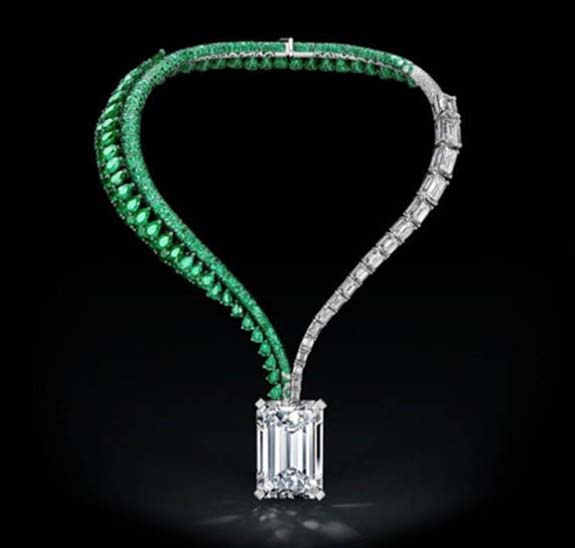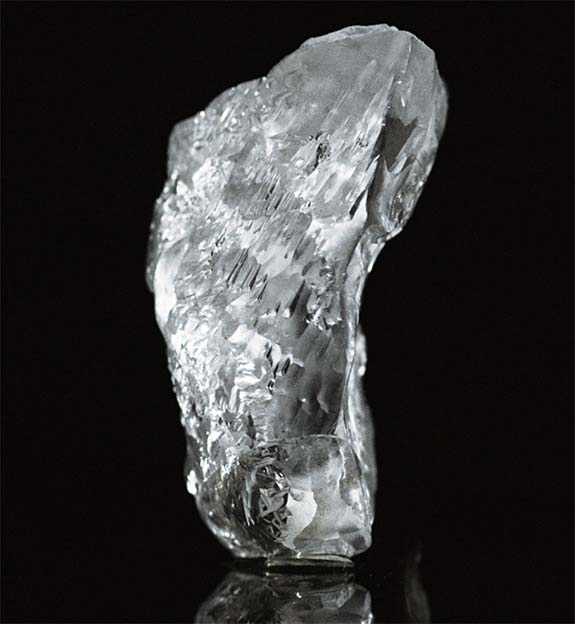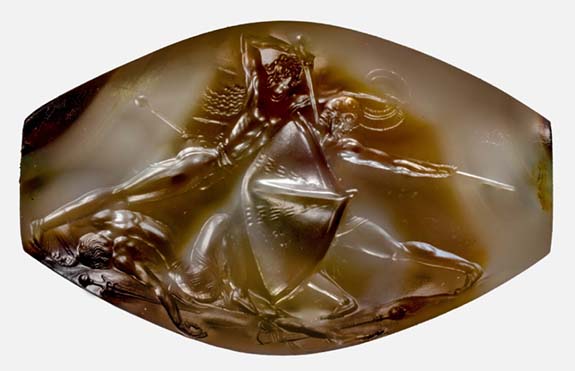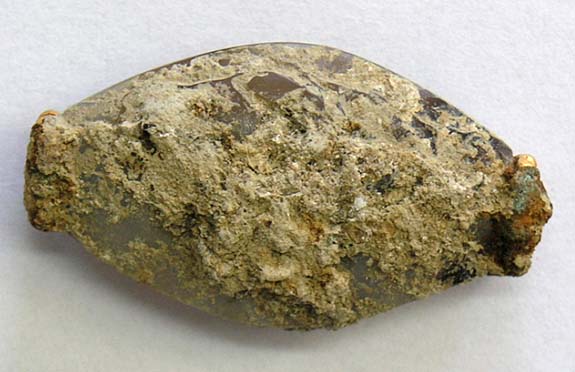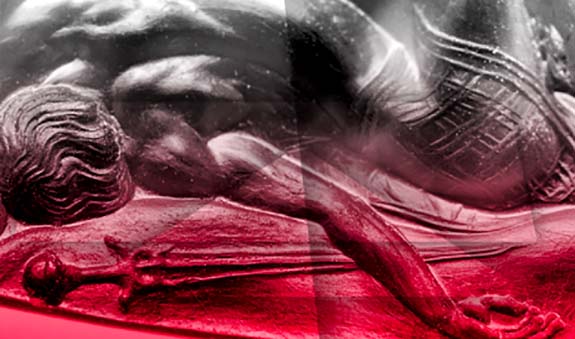Welcome to Music Friday when we bring you great throwback songs with jewelry, gemstones or precious metals in the title or lyrics. Today we celebrate the 50th anniversary of "With This Ring," a feel-good sing-along that was a huge hit for The Platters and frontman Sonny Turner.

In this song, Turner is about to marry the girl of his dreams. He admits to having been a "wanderer," but now he's ready to settle down. The ring represents his promise to be faithful and to always love her.
He sings, "With this ring I promise I'll always love you, always love you."
Later in the song, he adds, "Baby, I never thought so much love could fit in a little band of gold."
"With This Ring" appeared as the first track from the band's Going Back to Detroit album and was released as the album's only single. The song ascended to #14 on the U.S. Billboard Hot 100 chart and #12 on the U.S. Billboard R&B chart. The song represented an uptempo, stylistic shift for the group, which was famous for its moody R&B hits, such as "Only You," "The Great Pretender," "My Prayer," "Twilight Time" and "Smoke Gets in Your Eyes."
The Platters, which was formed in Los Angeles in 1952, charted 40 singles between 1955 and 1967, including four Billboard #1s. Turner joined the band in 1959 as a fresh-faced, 19-year-old tenor. He was chosen from 100 hopefuls who were auditioning to replace The Platters' original lead singer, Tony Williams. Turner remained with The Platters until 1970, when he left to pursue a solo career.
The group has endured numerous lineup changes and name variations throughout its history. Fans have been coming out to see The Platters for the better part of 65 years, and the group continues to tour. According to songkick.com, the group has appeared in Las Vegas 1,171 times, and most frequently shared the billing with The Marvelettes (866 times).
Please check out the video of Turner and The Platters performing "With This Ring." The lyrics are below if you'd like to sing along...
"With This Ring"
Written by Richard Wylie, Luther Dixon and Anthony Hester. Performed by The Platters.
With this ring I promise I'll always love you, always love you
With this ring I promise I'll always love you, always love you
They used to call me the wanderer
Who never wanted to settle down, yeah
But I'll tell you, baby
I wander no more, got to stay around 'cause
With this ring I promise I'll always love you, always love you
With this ring I promise I'll always love you, always love you
Got nothing but this old heart of mine
Baby, please, believe in me
Girl, you know, sweet heart
I'll always try to keep you satisfied, 'cause
With this ring I promise I'll always love you, always love you
With this ring I promise I'll always love you, always love you
With this ring I promise I'll always love you, always love you
With this ring I promise I'll always love you, always love you
Baby, I never thought so much love
Could fit in a little band of gold
But I'm telling you, darling
I feel it in my heart, got it in my soul
With this ring I promise I'll always love you, always love you
With this ring I promise I'll always love you, always love you
Credit: Screen capture via YouTube.com.
